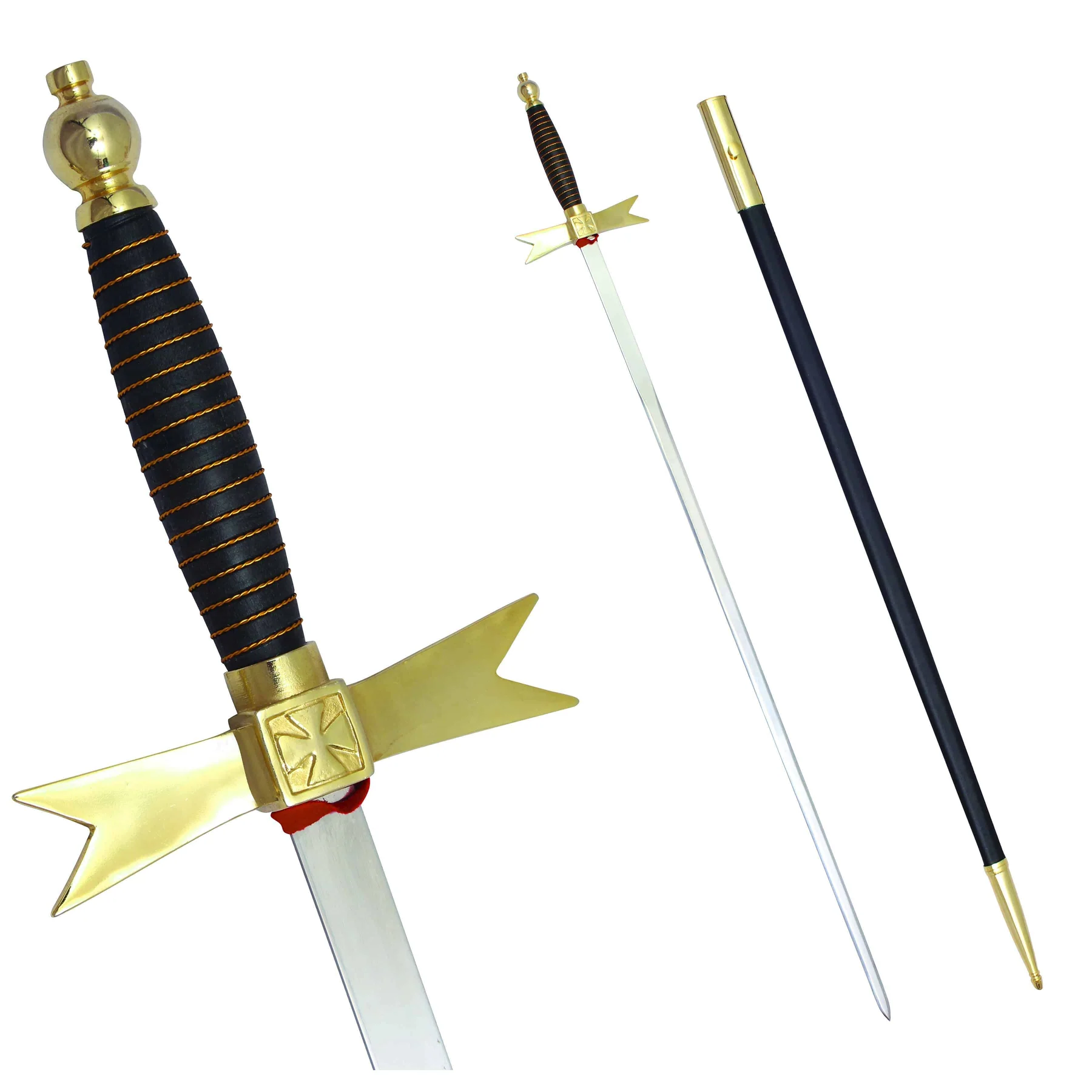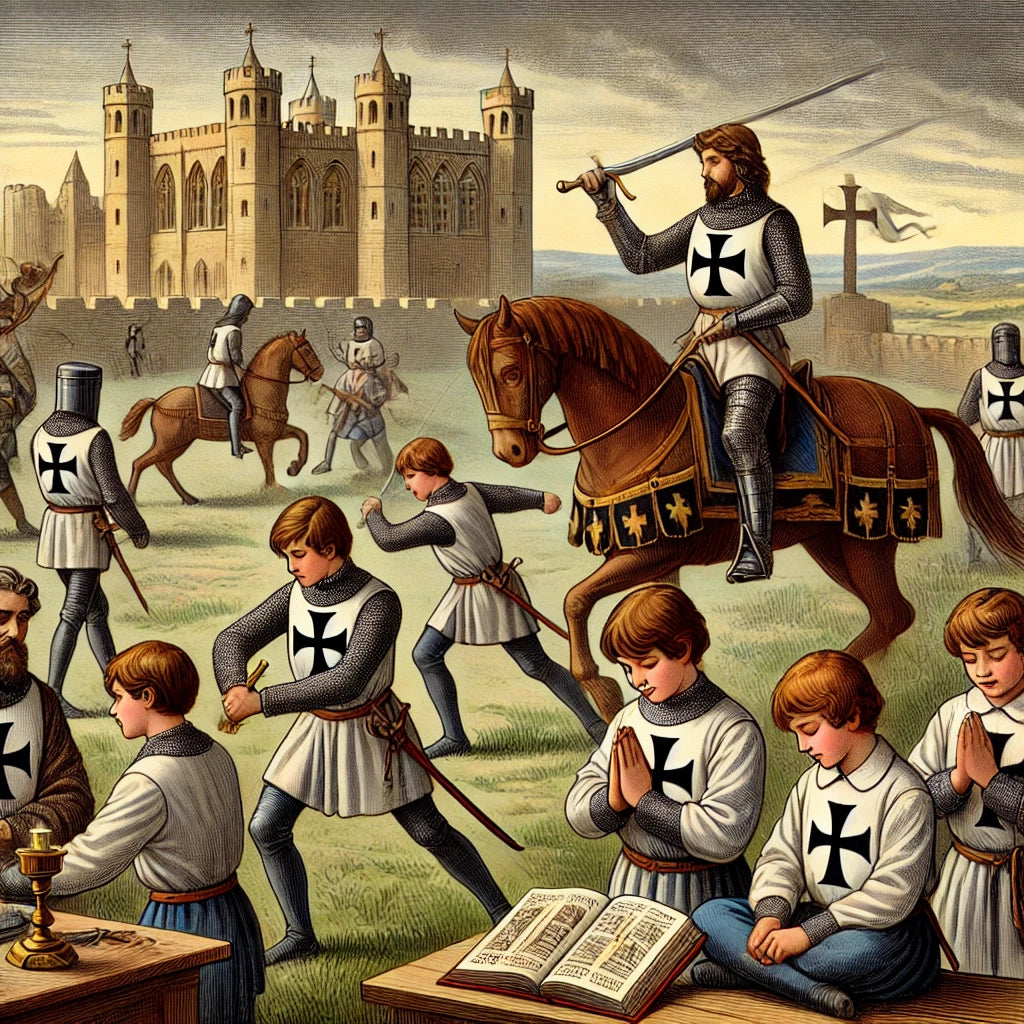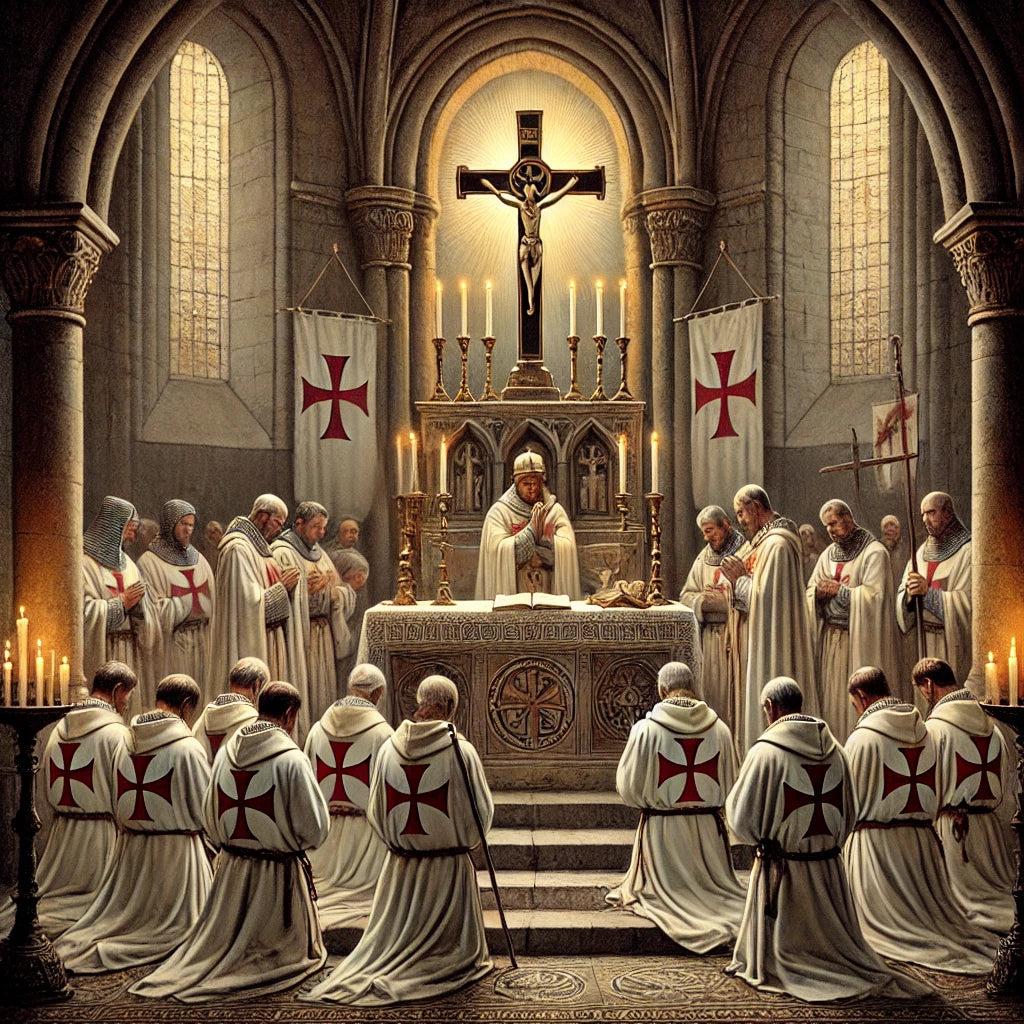Knights and Crusaders: Unraveling the Medieval Tapestry
The terms "knight" and "crusader" often conjure images of armored warriors and holy battles, yet they represent distinct roles within medieval society. While intertwined in the fabric of history, understanding the differences between knights and crusaders reveals a complex interplay of military prowess, religious devotion, and social hierarchy.
Knights and Crusaders: Similar Yet Distinct
While "knight" and "crusader" are often used interchangeably, these terms represent different aspects of medieval life and warfare, each with unique roles and significance.
Knights:
- Definition: Knights were noble-born warriors who underwent extensive training and were bestowed a title by a king or lord.
- Role: Primarily military, though knights also held governance roles and wielded significant influence.
- Code of Chivalry: Knights followed a chivalric code that emphasized values like honor, courage, and loyalty.
Crusaders:
- Definition: Crusaders were Christian soldiers who took part in the Crusades, religious wars aimed at reclaiming the Holy Land from Muslim rule.
- Role: A blend of religious and military duties, driven by both faith and the warrior ethos.
- Diverse Backgrounds: Unlike knights, crusaders came from all social classes, driven by various motivations including religious fervor, financial gain, and adventure.
Overlap and Connection:
- Knightly Orders: Orders like the Knights Templar and Hospitallers were formed for the specific purpose of crusading.
- Shared Ideals: Both knights and crusaders upheld the chivalric values of honor, courage, and loyalty.
- Military Expertise: Both roles demanded superior combat skills and a deep knowledge of warfare.
The Knightly Ideal: Honor, Courage, and Chivalry
Knighthood was more than just a title; it was a way of life. Reserved for individuals of noble birth, becoming a knight involved rigorous training in horsemanship, weaponry, and the etiquette of courtly life. The journey to knighthood culminated in a dubbing ceremony, a solemn event that marked the formal induction into the chivalric order.
Central to the knightly identity was the chivalric code—a set of moral guidelines that emphasized honor, courage, courtesy, loyalty, and the protection of the weak. While often romanticized, this code served as a moral compass for knights, shaping their conduct both on and off the battlefield. Beyond warfare, knights played pivotal roles in governance, diplomacy, and the cultural life of their communities.

The Crusader's Call: Faith and Warfare
Crusaders, on the other hand, were participants in the religious wars known as the Crusades, aimed at reclaiming the Holy Land from Muslim control. Unlike knights, who were typically of noble birth, crusaders hailed from all walks of life. What united them was a shared religious fervor and the belief in the righteousness of their cause.
The motivations for joining the Crusades were diverse. Some sought spiritual redemption and the promise of eternal salvation, while others were drawn by the prospect of wealth, land, and adventure. The Crusades not only reshaped the political and religious landscape of Europe but also fostered economic growth, cultural exchange, and the development of new military technologies.

The Intersection of Knight and Crusader
The roles of knight and crusader often overlapped, particularly during the Crusades. Many knights answered the call to join these holy wars, bringing their military expertise and chivalric values to the battlefield. Military orders, such as the Knights Templar and Hospitallers, epitomized this union, combining monastic devotion with martial prowess.
The Evolution of Terminology
As time passed, the term "crusader" became less common, while "knight" continued to endure in the lexicon of European society. This shift mirrors the changing nature of warfare and the gradual decline of religious crusades as a central force in European life.
Beyond the Battlefield: The Knightly Life
The life of a knight was multifaceted, extending far beyond the battlefield. Knights were not only warriors but also landowners, administrators, and patrons of the arts. Their castles served as centers of local power and hubs of economic activity. Daily life for a knight involved a mix of military training, courtly duties, and religious observances.
The Crusader Experience: Faith, Warfare, and Society
For crusaders, life in the Holy Land was a grueling test of endurance. They faced constant threats from enemies, disease, and the harsh environment. Yet, they persevered, driven by faith, the promise of salvation, and the thrill of adventure. The experience of crusading forged a unique identity, leaving an indelible mark on those who participated.

The Enduring Legacy
Though the age of knights and crusaders has long since passed, their legacy endures in modern culture. The ideals of chivalry, the spirit of adventure, and the complexities of religious warfare continue to captivate our imagination. By exploring the lives of these historical figures, we gain a deeper understanding of the challenges and triumphs that defined the medieval world.
Dive deeper into the medieval tapestry with our exclusive collection of Templar-inspired gifts. Whether you're drawn to the chivalric code or the crusader's journey, our store has something to ignite your passion for history. Visit our store today and bring home a piece of the past!









